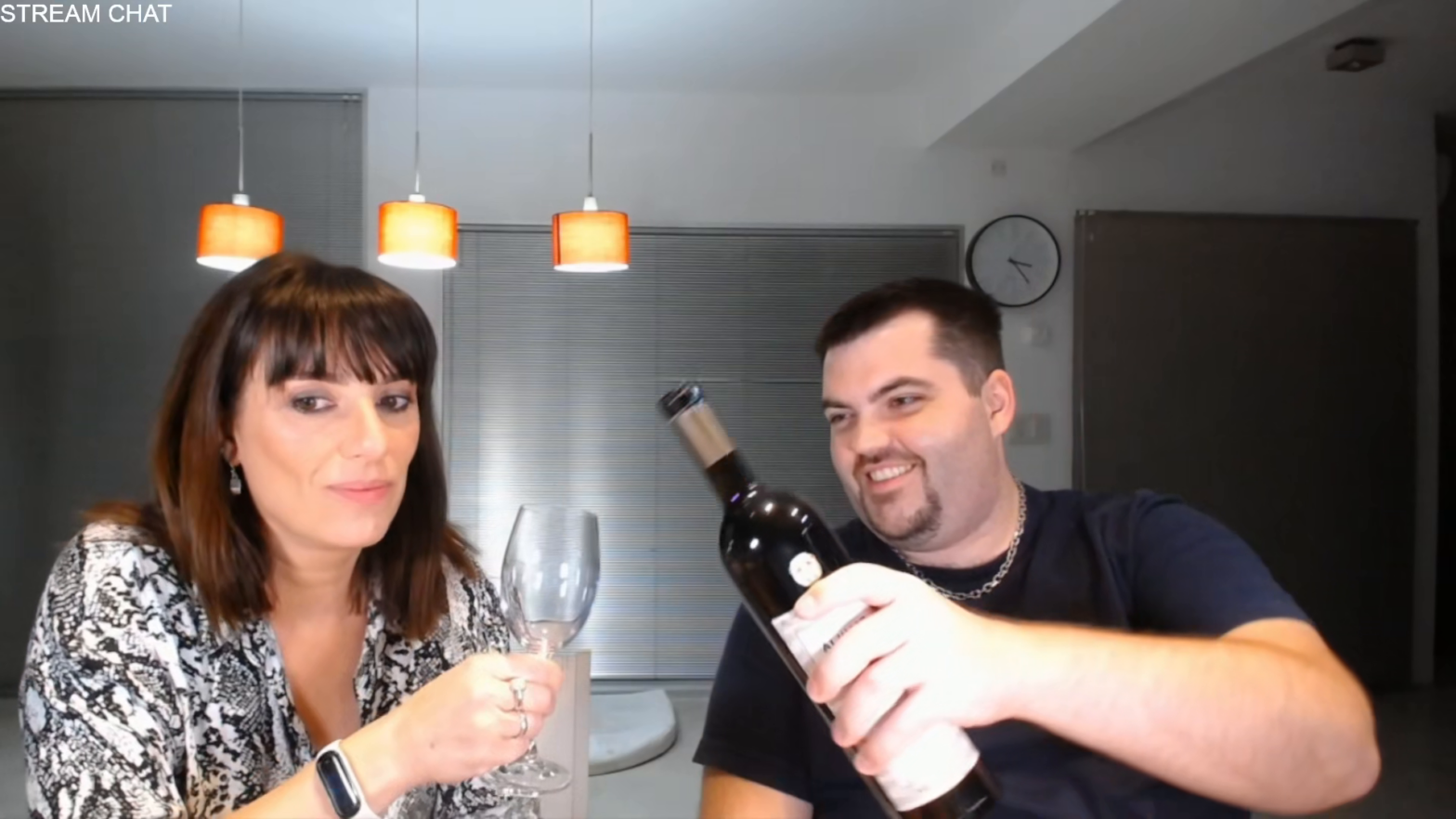Marina Torchiari’s review of the Familia Deicas Preludio 2016 is more than just a tasting note; it’s an immersive exploration of Uruguayan wine. Torchiari, a respected voice in the wine world, embarks on a journey of discovery, using the Preludio as a lens through which to examine value, market trends, and the burgeoning quality of Uruguayan viticulture. Torchiari immediately positions the Preludio as a wine of distinction, a “classic expensive wine” ideal for gifting, particularly to professionals. She draws parallels with well-known Argentine wines like Rutini or Trapiche Medalla, suggesting it’s a “no-brainer” for those seeking a prestigious and recognized gift. However, for Torchiari, the Preludio transcends its status as a mere status symbol. It becomes a key player in her personal quest to uncover and champion Uruguayan wines. “We need to find our Uruguayan wines because we live here,” she explains, revealing the driving force behind her exploration of local options.
The 2016 vintage takes center stage. Released in 2021, Torchiari meticulously explains the concept of “vintage” and its significance. The Deicas Preludio’s presence on Tim Atkin’s list, alongside the 2015 and 2006 vintages, underscores its recognition and desirability. She also acknowledges the variations between vintages, referencing Tim Atkin’s 2020 list and the 2015 vintage.
The bottle itself is subject to close scrutiny. Its dark, non-green color (“it’s brownish”) hints at its aging potential (“theoretically because this is a wine for cellaring”). The “chunky” bottle and high-quality cork further enhance the impression of a premium, gift-worthy product.
Torchiari’s tasting notes are both detailed and personal. An initial “volatile acidity” that gracefully fades is followed by aromas of “plums” and a developing “violet scent.” She candidly admits, “I don’t like the initial nose… let’s open it because I sensed a… kind of off-note that it shouldn’t have.” She also suggests the wine would benefit from further cellaring: “it should be left to take a nap in the bottle.”
The Preludio is then placed within a broader context through comparative analysis. It stands its ground against Argentine wines, particularly in terms of value. “This wine seems to me to have a price quite adjusted to international prices of South American wine,” Torchiari observes. Comparisons are drawn with other Argentine wines, such as Rutini Malbec, and she suggests that at 10,000 Argentinian Pesos, few wines offer comparable quality. She also considers alternative Argentine wines in a similar price range, like Salentein Single Vineyard or wines from Super Uco de Michelini. Torchiari notes that while the Preludio’s price is similar to Rutini, it provides a different experience. Prices are quoted in Uruguayan pesos (2000), US dollars (45.5), Argentinian pesos (9500), and Chilean pesos (37,000).
Tim Atkin’s assessment and the wine’s composition are also discussed. Torchiari mentions that the wine is a blend of “barrel-aged Tannat… which is 40 percent,” along with Merlot, Cabernet Franc, and other varietals. This blend, distinct from other wines she’s reviewed, results in a wine that is “more friendly, less aggressive, less tannic, and less everything from compact.”
The search for older vintages becomes a priority for Torchiari. She plans to contact her trusted wine seller, Diego, and the Diver Parque bookstore to locate older bottles of the Preludio, demonstrating a clear interest in exploring the wine’s evolution over time.
The state of the Argentine wine market is also addressed. Torchiari notes that Argentine wines are currently “super depreciated, super cheap” due to the country’s economic challenges. However, she also critiques the “very, very outrageous” prices of some Argentine wines.
Finally, she observes the wine’s unusual color. “Look how strange the color is compared to what Argentinians are used to… most Argentine wines leave a blue or grey stain,” Torchiari remarks, while the Preludio leaves a brown stain, indicating a different dye base.
This review is more than just a tasting; it’s a narrative of discovery. The Preludio 2016 is a wine that sparks conversation about the Uruguayan wine scene, its value proposition, and its undeniable potential. It’s a wine that, in Marina Torchiari’s expert opinion, deserves to be explored and celebrated. This review forms part of her ongoing series exploring Uruguayan wines, further highlighting her dedication to showcasing the best of local winemaking.
